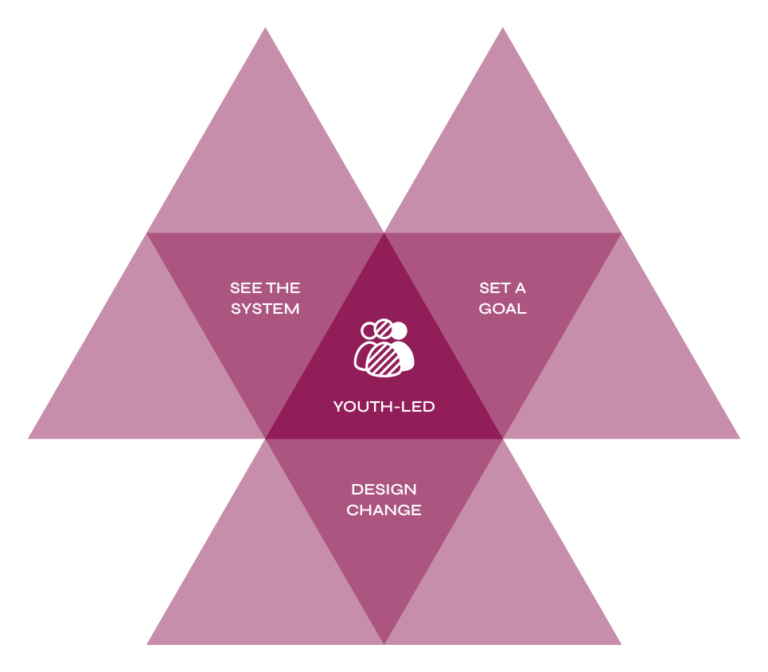In a regional student network, students used continuous improvement strategies to identify a problem and test change ideas.


Historically marginalized students from districts that participated in a regional ninth-grade success network identified educational success barriers that adults alone could not change. A network of over 50 students studied their school systems, used continuous improvement processes, and designed change ideas to lift those barriers. With support from Northwest Regional Education Service District, youth designed and tested change ideas in their schools.






In this case study, improvement efforts to see the system, set a goal, and design change were student-led. Learn more about the student-powered improvement framework here.

Over 50 students in a regional student network used continuous improvement to define barriers to student success and design change ideas to help remove those barriers. As part of a regional 9th grade success network, the students also provided feedback to adults on everything from change ideas to root cause analyses.
Network organizers knew that recruiting students to be an ongoing part of their network was a critical way to center the voice, experiences and backgrounds of the students most often marginalized by education systems.
Each school in the 9th grade success network was asked to include students on their improvement team from the very beginning. School staff were encouraged to recruit students from historically marginalized groups; those often not “tapped” for such opportunities.
Student participants were asked to:
The student network began with relationship building and learning about how to “see the system” in their own context. Students learned how to conduct and analyze empathy interviews with their peers and use these data to identify a problem and its root causes. Students then worked independently, with other peers and/or with teachers to design change ideas that addressed the needs elevated in the data they collected. They were provided with a participation stipend and an improvement budget for the year.
Students also had access to multiple kinds of support throughout the year. A lead staff person from the network managed the logistics of the student network and helped students learn about continuous improvement. Two Diverse Educator Pathway staff members (interns working on their teaching license) each supported a caseload of network students in ways that ranged from brainstorming empathy interview questions to removing barriers to getting their projects done. These staff also supported student learning around topics such as imposter syndrome, self-care, and skills essential to activism such as self-love, self-compassion, and self-belief.
Students in this network were surprised to learn that their peers had the same needs that they have and that the educator’s around them did not always have the same priorities. For example, support for students’ mental health became a key focus for students. While teachers named mental health as an issue, it was not always prioritized in their improvement plans.
In this network, students expressed that their unique change ideas (or adaptations to existing ideas) were often more likely to impact their peers than those that only came from adults. The network trusted students and followed their lead.